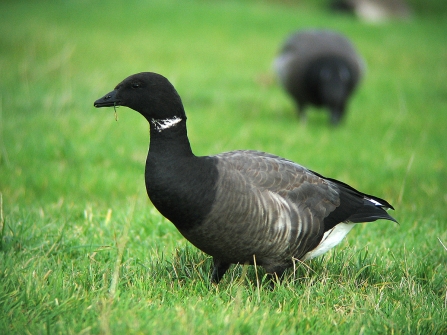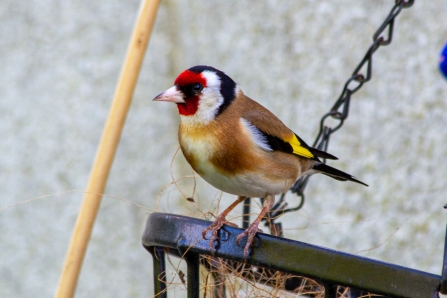A partridge
There are two types of partridge found in Britain today, the grey partridge which is native and the red-legged which has been introduced for shooting. The grey partridge was commonly found on farmland across the country but is sadly now red listed and still in decline. Increased pesticide use and habitat loss are thought to be the main causes of the decline, but more wildlife friendly farming methods are helping the partridge recover in some areas. As a bird of grasslands, they are also fairly unlikely to ever be found in pear trees, but they may well eat a pear if they came across one, favouring seeds and insects in their diet.





